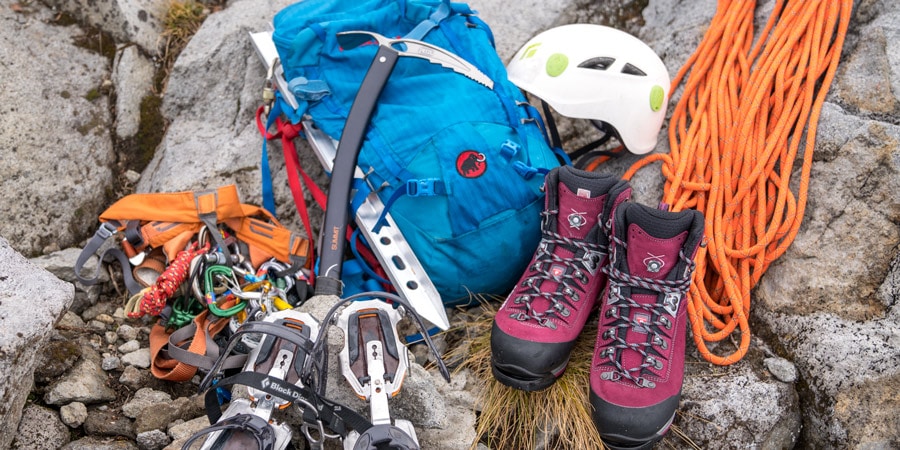There are a number of different factors to consider when choosing your Hill Climbing Gear. You’ll want to choose the right crankset, chainring size, and rear derailer, and be sure to install a rear cassette. These factors will help you maintain rhythm while you’re pedaling uphill.
Installing a rear cassette
Installing a rear cassette for hill climbing gear can make a significant difference in the speed and ease of your ride. When cycling uphill, having a large cog cassette can save you from exhaustion and maintain momentum. It also lowers your heart rate and will make your legs last longer.
Installing a rear cassette can help you enjoy longer rides and steeper climbs. The larger the cogs, the larger the range will be. A cassette with a large number of cogs can offer you a wide range and an excellent gear ratio. However, you should keep in mind that the size of the cogs will depend on the capacity of the cassette.
While choosing a rear cassette, you should also take into account the type of terrain you will be riding. A narrow-ranged cassette is not suited to rough terrain. Instead, a wide-ranged cassette with more cogs will give you more gears and a smoother gear change.
Choosing a compact or standard crankset
When choosing a crankset for your bike, you have several factors to consider. First, consider the terrain you ride in. If you plan to ride in hills, a standard crankset will give you better pedaling efficiency, but if you ride on flat terrain, a compact crankset will offer better pedaling efficiency. Also, you should consider the length and capacity of your chain.
A compact crankset has a shorter chainring, whereas a standard crankset has a longer chainring. Compact cranksets also weigh less, making them perfect for flat-road training. Although these options have different pros and cons, the compact option will fit most recreational cyclists.
Choosing a rear derailer
If you’re going to be doing a lot of mountainous cycling, you should consider choosing a rear derailleur with a larger cage. This will allow you to fit a bigger chain onto the cassette. The larger sprocket will allow you to climb up steeper slopes without the hassle of grinding. However, you must consider that a larger cage means a longer cage for your rear derailleur.
Using the correct gear ratios is a big deal when you’re hill climbing. It’s hard enough to get to the top of a mountain, but when you’re on the right gear, it can make the entire process easier and more enjoyable. Many cyclists find themselves confused by the large array of gearing options available for a mountain bike.
Choosing a chainring size
Choosing a chainring size is one of the most important factors in your hill climbing bike. You want to select the right one for the terrain and type of ride that you’ll be doing. A higher gear ratio requires more power, but will give you better top speed. Different riders have different preferences, but the best high gear ratio is generally somewhere between nine and eleven. Some pro riders prefer to use a larger chainring set with up to 53 teeth on the outermost ring. This type of chainring set requires more power than a smaller one, while others prefer a cassette with eleven to twenty teeth. Whether you’re a beginner or a professional rider, choosing the right gearing is a very personal decision.
Another important factor is cadence. A high cadence will require you to pedal faster than a slow cadence, which will require a smaller chainring. A lower cadence will require you to pedal slower and use a larger chainring.
Choosing a rear cassette for a mountain bike
There are several factors to consider when choosing the right rear cassette for your mountain bike. First, determine the terrain that you plan to ride on. A hilly area will need a larger cog to increase the space between gears, while a flat area will need a smaller cog.
When choosing a rear cassette, remember that you will also need a crankset to go with the cassette. This will help you shift gears more quickly. Ideally, you’ll want to choose a crankset with eight or more speeds. However, some cheaper bikes use seven-speed cassettes.
The gear ratio is also important to consider. For flat terrain, an 11/25 or 12/25 cassette would be a good option. However, for hilly courses or mountain riding, you should consider an 11/28 or 11/30 cassette. While these gear ratios will allow you to reach high speeds, you might be giving up smooth shifting.

